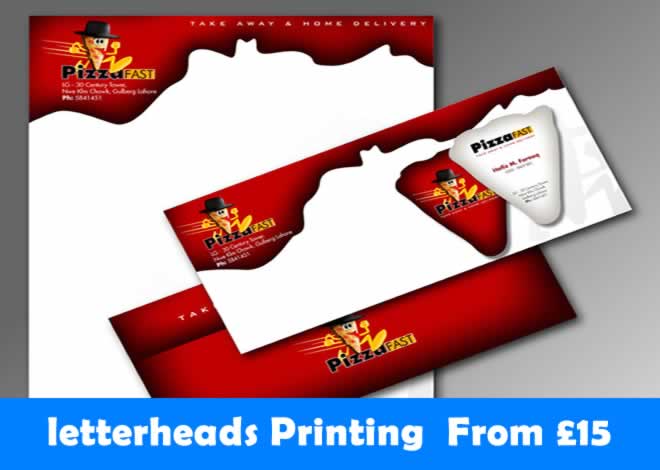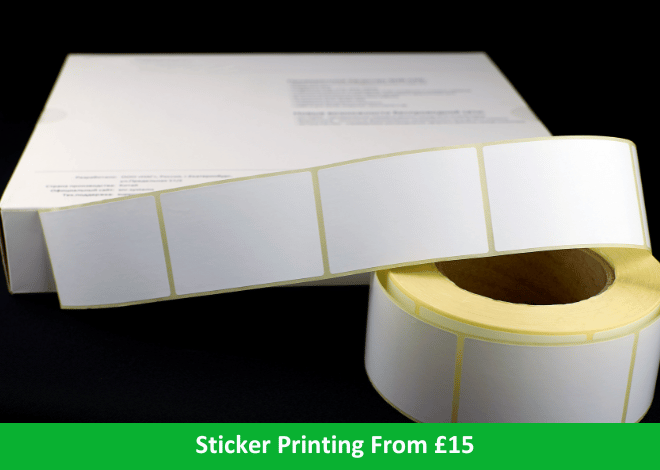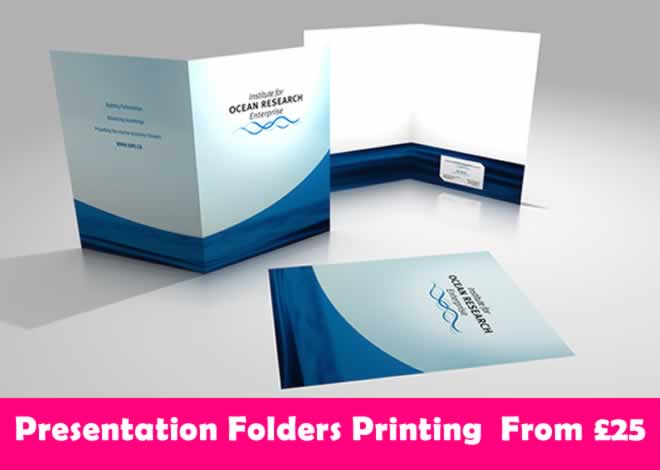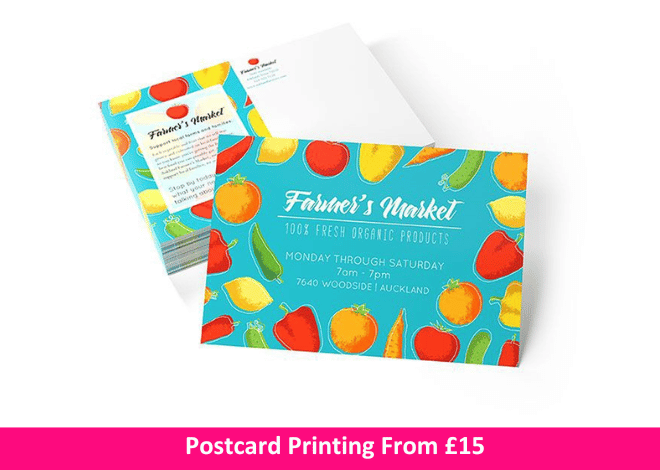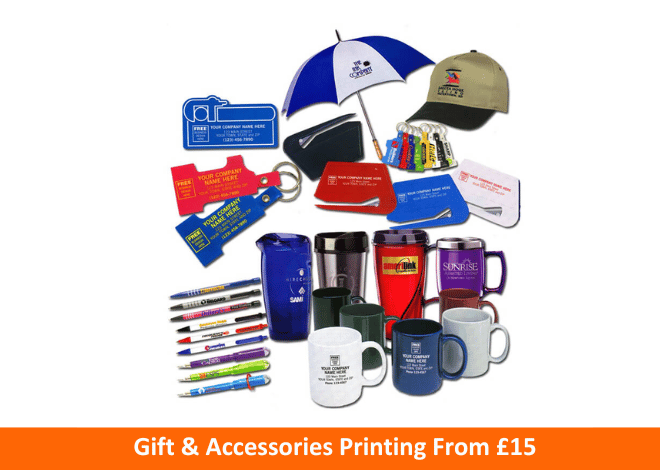
CAN'T FIND WHAT YOU ARE LOOKING FOR? PLEASE CALL OR EMAIL US FOR PRICES
WHAT They say about our printing services...
What are our clients are saying about us?
These guys saved us during the huge snowfall this week. We ordered the express service from a different firm two days ago as my colleague needed flyers to take to a conference in Singapore tomorrow. Unfortunately their courier let us down because of the snow. I called around many local firms and none would offer me next day delivery. I then called Print In London and they had the flyers printed AND delivered within *5 hours*. Absolute heroes. The flyers are great quality and, crucially, my colleague can now take them to Singapore. 5 stars. Will absolutely use again.
Ordered 500 Leaflets for an event. They have arrived same day, and are high quality! I would recommend ordering all your promotional stationary. An all round amazing service.
Amazing service - they printed my business cards in 4 hours. Perfect communication, very good price, and perfect quality. Life savers!
Historic sites hold the key to our cultural heritage, telling stories of the past and preserving the essence of bygone eras. In the competitive landscape of cultural tourism, effective communication, visual appeal, and strategic branding are crucial for historic sites to attract visitors and share their narratives. Printing Cafe, a leading commercial printing service in the UK, emerges as a valuable partner for historic sites seeking to elevate their visibility, convey their rich histories, and establish a compelling brand presence. This article explores the indispensable role of printing services and products for historic site businesses, discussing why they need these services, the specific types of printing materials vital for their operations, the overall usefulness of these materials, and answers the top 10 questions related to printing for historic sites. Finally, we delve into how Printing Cafe can offer tailored printing solutions to assist historic sites in effectively communicating their stories and engaging with visitors.
Why Historic Sites Need Printing:
- Informational Signage and Interpretive Displays: Historic sites require informative and visually appealing signage and displays to guide visitors, provide historical context, and enhance the overall visitor experience.
- Brochures and Visitor Guides: Comprehensive brochures and visitor guides are essential for historic sites to communicate their stories, highlight key attractions, and offer visitors a tangible reference during their exploration.
- Educational Materials for Schools and Groups: Printed educational materials, including worksheets, booklets, and guides, are crucial for facilitating educational tours and group visits, ensuring that students and visitors gain a deeper understanding of the site's historical significance.
- Event Promotion: Historic sites often host events, reenactments, or workshops. Well-designed posters, banners, and flyers play a key role in promoting these events and attracting a diverse audience.
- Branded Merchandise: Offering branded merchandise such as postcards, prints, and souvenirs allows historic sites to extend their brand presence beyond the physical visit, creating a lasting connection with visitors.
- Membership Materials: Printed materials for membership programs, including brochures and membership cards, help historic sites engage with supporters, encourage memberships, and foster a sense of community.
- Environmental Initiatives and Sustainability Messaging: Historic sites can convey their commitment to environmental sustainability through printed materials, sharing information about eco-friendly practices and aligning with the values of conscious tourists.
- Interactive Guides and QR Codes: Incorporating QR codes into printed materials enables historic sites to provide interactive guides, allowing visitors to access additional historical information, multimedia content, or guided audio tours.
- Event Tickets and Invitations: Well-designed event tickets and invitations contribute to the exclusivity and promotion of special events, attracting a broader audience and fostering a sense of anticipation.
- Accessibility Information: Printed materials conveying accessibility information, including maps and guides for individuals with specific needs, ensure that historic sites are inclusive and welcoming to all visitors.
Usefulness of Printing for Historic Sites:
- Enhanced Visitor Experience: Informative signage, brochures, and educational materials contribute to a richer visitor experience, allowing guests to delve deeper into the history and significance of the site.
- Communication of Historical Narratives: Well-designed printed materials effectively communicate the historical narratives of the site, creating a tangible connection between visitors and the rich heritage being showcased.
- Promotion of Events and Workshops: Posters, banners, and flyers play a pivotal role in promoting events and workshops, attracting a diverse audience and fostering engagement with the site's various offerings.
- Branded Merchandise for Lasting Memories: Branded merchandise allows visitors to take home tangible memories, contributing to a lasting connection with the historic site and serving as conversation starters about the experience.
- Community Engagement through Memberships: Membership materials facilitate community engagement, encouraging individuals to become supporters and advocates for the historic site, fostering a sense of belonging.
- Environmental Responsibility and Tourism Ethics: Conveying environmental initiatives through printed materials aligns with the growing importance of sustainable tourism, appealing to conscious travelers and highlighting the site's commitment to ethical practices.
- Interactive Guides for In-Depth Exploration: Incorporating QR codes into printed guides provides an interactive experience, allowing visitors to explore additional historical information, multimedia content, or guided audio tours.
- Exclusivity and Anticipation for Events: Well-designed event tickets and invitations contribute to the exclusivity and anticipation of special events, creating a sense of excitement and encouraging attendance.
- Inclusivity through Accessibility Information: Printed materials conveying accessibility information ensure that historic sites are inclusive and welcoming to visitors with specific needs, creating an environment accessible to all.
- Tangible References for Educational Tours: Educational materials for schools and groups serve as tangible references, enhancing the learning experience for students and facilitating deeper engagement with the historical content.
Top 10 Questions and Answers about Printing for Historic Sites:
- Q: How do informational signage and interpretive displays contribute to the visitor experience at historic sites? A: Informative signage and interpretive displays guide visitors, provide historical context, and enhance the overall visitor experience, ensuring a deeper understanding of the site's significance.
- Q: Why are comprehensive brochures and visitor guides crucial for historic sites? A: Comprehensive brochures and visitor guides communicate the site's stories, highlight key attractions, and offer visitors a tangible reference during their exploration.
- Q: In what ways do printed educational materials enhance the experience for schools and groups visiting historic sites? A: Printed educational materials, including worksheets and booklets, facilitate educational tours and group visits, ensuring students gain a deeper understanding of the site's historical importance.
- Q: How can well-designed posters, banners, and flyers contribute to event promotion at historic sites? A: Well-designed posters, banners, and flyers play a key role in promoting events, reenactments, or workshops, attracting a diverse audience and fostering community engagement.
- Q: Why is offering branded merchandise important for historic sites? A: Offering branded merchandise, such as postcards and prints, allows historic sites to extend their brand presence, creating a lasting connection with visitors beyond their physical visit.
- Q: How do membership materials, including brochures and membership cards, contribute to community engagement at historic sites? A: Membership materials facilitate community engagement by encouraging individuals to become supporters, fostering a sense of belonging and advocacy for the historic site.
- Q: In what ways can historic sites communicate their environmental initiatives through printed materials? A: Historic sites can communicate their environmental initiatives through printed materials, showcasing eco-friendly practices and aligning with the values of conscious tourists.
- Q: How can interactive guides with QR codes enhance the overall visitor experience at historic sites? A: Interactive guides with QR codes provide an engaging experience, allowing visitors to access additional historical information or multimedia content related to the site's offerings.
- Q: Why are well-designed event tickets and invitations important for promoting special events at historic sites? A: Well-designed event tickets and invitations contribute to the exclusivity and promotion of special events, attracting a broader audience and fostering a sense of anticipation.
- Q: How do printed materials conveying accessibility information contribute to creating an inclusive environment at historic sites? A: Printed materials conveying accessibility information, including maps and guides for individuals with specific needs, ensure that historic sites are inclusive and welcoming to all visitors.
How Printing Cafe Can Help Historic Sites:
- Tailored Printing Solutions: Printing Cafe offers tailored printing solutions, ensuring that each printed item aligns with the unique branding and messaging of the historic site.
- High-Quality Printing: With a commitment to quality, Printing Cafe provides high-quality printing services, ensuring that all materials are professionally crafted, visually appealing, and durable.
- Affordable Options: Recognizing the budget constraints of historic sites, Printing Cafe offers affordable printing options, allowing them to access premium printing services without compromising their financial resources.
- Fast and Reliable Delivery: Printing Cafe understands the importance of timely printing. With fast and reliable delivery options, historic sites can count on Printing Cafe for urgent or same-day printing needs.
- Expert Consultation: The experienced team at Printing Cafe includes printing experts who can provide valuable consultation to historic sites. From material selection to design considerations, sites can benefit from expert advice throughout the printing process.
- Comprehensive Range of Services: As a one-stop printing solution, Printing Cafe offers a comprehensive range of printing services, covering banners, posters, brochures, educational materials, branded merchandise, and more. This allows historic sites to fulfill all their printing needs in one place.
Conclusion:
Historic sites play a vital role in preserving and sharing our cultural heritage, and effective communication is essential for their success in the competitive cultural tourism landscape. Printing Cafe stands as a reliable partner, offering tailored printing solutions to assist historic sites in conveying their stories, engaging with visitors, and establishing a compelling brand presence. From informative signage to educational materials and branded merchandise, the strategic use of printed materials enhances the overall visitor experience, fosters community engagement, and extends the site's brand presence beyond its physical boundaries. By collaborating with Printing Cafe, historic sites can leverage the power of print to create lasting impressions, connect with diverse audiences, and ensure that the rich tapestry of history continues to captivate and inspire generations to come. In the intricate dance between the past and the present, Printing Cafe becomes the orchestrator, bringing the narratives of historic sites to life through the artistry of print.



